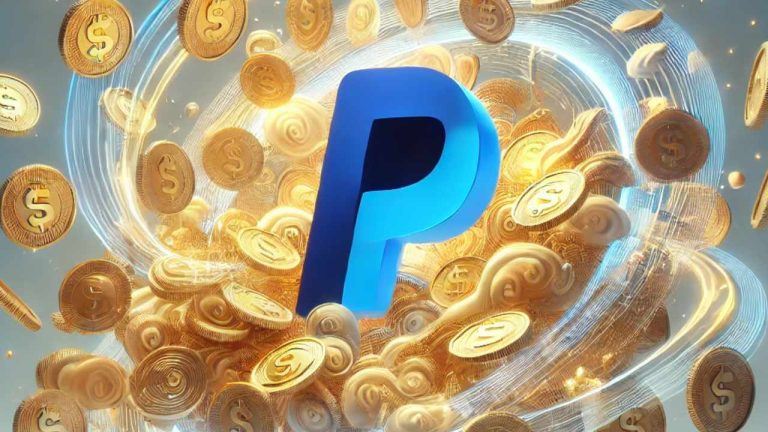
Impermanent loss relates to a condition wherein investors end up losing assets they had previously dedicated to providing liquidity to a liquidity pool.
Zircon Finance, an automated market maker (AMM) and a decentralized exchange on Moonbeam, announced the launch of a mainnet network to address investor’s challenges related to impermanent loss in decentralized finance (DeFi).
Impermanent loss relates to a condition wherein investors lose assets they hadpreviously dedicated to providing liquidity to a liquidity pool for earning profits via yields. The mainnet network, dubbed Zircon Gamma, aims to counter such losses through single-sided liquidity over the Moonriver network, which tranches or splits risks between a volatile cryptocurrency and a stablecoin.
For example, in the case of an ETH/USDC pool, Zircon allows Ether (ETH) to maintain full exposure while ensuring safety through USD Coin (USDC) stablecoin. In addition, the mainnet allows both sides to earn swap fees.
As explained by Zircon, Float liquidity pools like ETH double their gains over regular pools but remain at the risk of impermanent loss. However, the AMM’s in-house Async LPing mechanism reduces the risk by at least 90%.
The mechanism does this by incentivizing liquidity pools to restock lost ETH funded via the earned fees. Speaking to Cointelegraph, Andrey Shevchenko, co-founder of Zircon, revealed that his inspiration to create such a system stems from the traders' need for a flexible and permissionless solution, stating:
Too many people got burned by teams making fantastic but misleading claims about removing or compensating impermanent loss. In some cases, the mechanism (involving dynamic fees) they offer just doesn’t really do anything.
Shevchenko acknowledged the obvious failure conditions in case a token nosedives to $0, but argued that "but Zircon reduces it enough to make impermanent losses a non-issue. What’s more, we can weaponize it for creating options."
When compared to existing players that pitch protection against impermanent loss, Shevchenko stressed the numerous fail-safe mechanisms that help rebalance the liquidity pools. However, he recommended users do their research when selecting their trading pairs, adding that "It’s an incentive-based economic system that you can expect to work 99% of the time."
In addition to protecting users from impermanent losses, Zircon's differentiating factor includes providing liquidity directly for stablecoins and cheaper swap fees. "Overall, we’re going to be the cheaper and more liquid option for swapping anything outside of really popular pairs on Uni V3," concluded Shevchenko.
Related: Liquidity protocol uses stablecoins to ensure zero impermanent loss
A whitepaper recently released by Trader Joe, an Avalanche-based DeFi protocol, too claimed to have solved the issue of impermanent loss.
/4 Impermanent Loss
— The DeFi Investor (@TheDeFinvestor) August 23, 2022
One of the most critical issues of Uniswap V3 is that impermanent loss often exceeds swap fees.
A study effectuated by the @Bancor team showed that 50% of Uniswap V3 LPs lose money.
Liquidity Book solves this problem by introducing variable swap fees.
The whitepaper outlined the use of Liquidity Book (LB), which introduces variable swap fees to “provide traders with zero or low slippage trades.”












